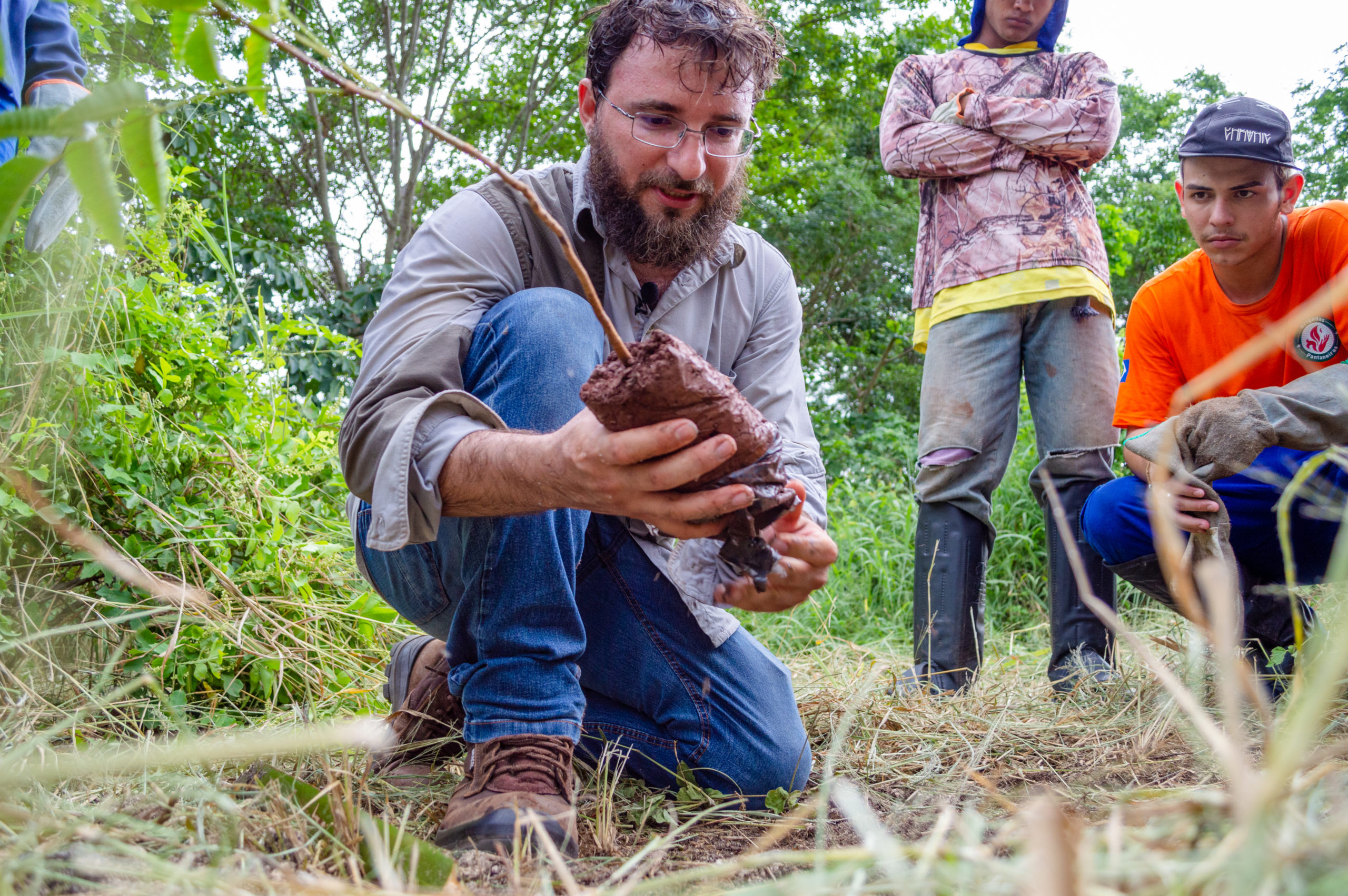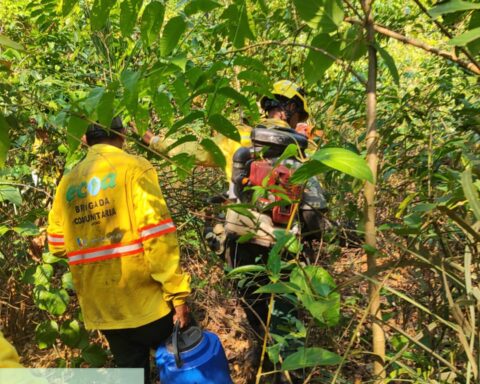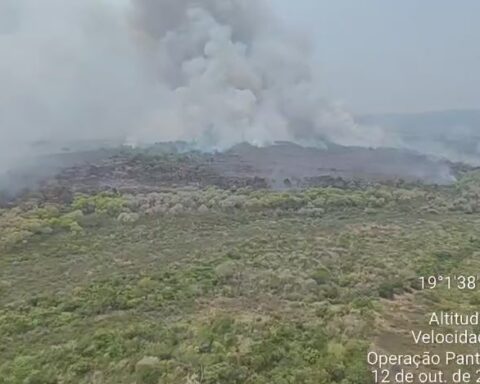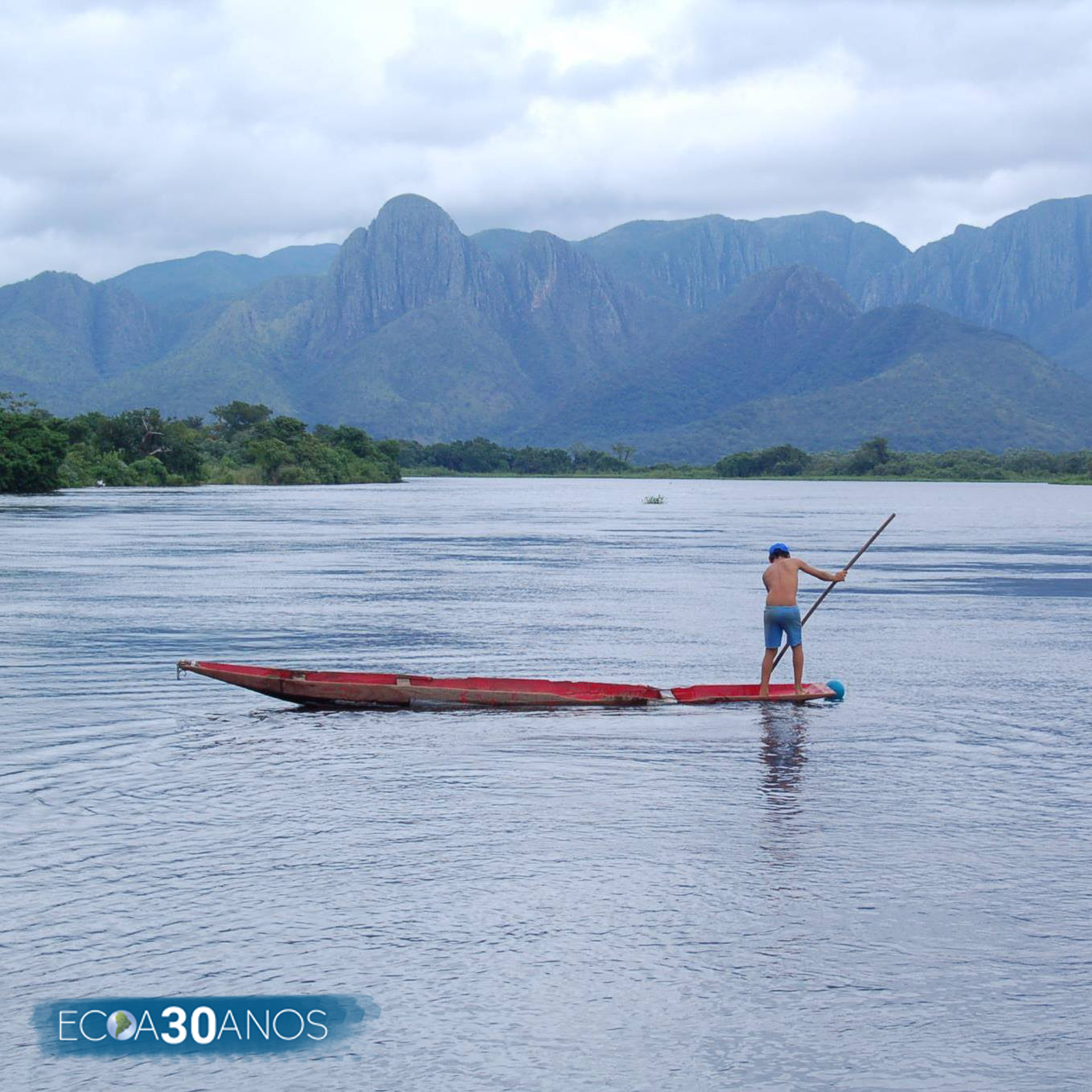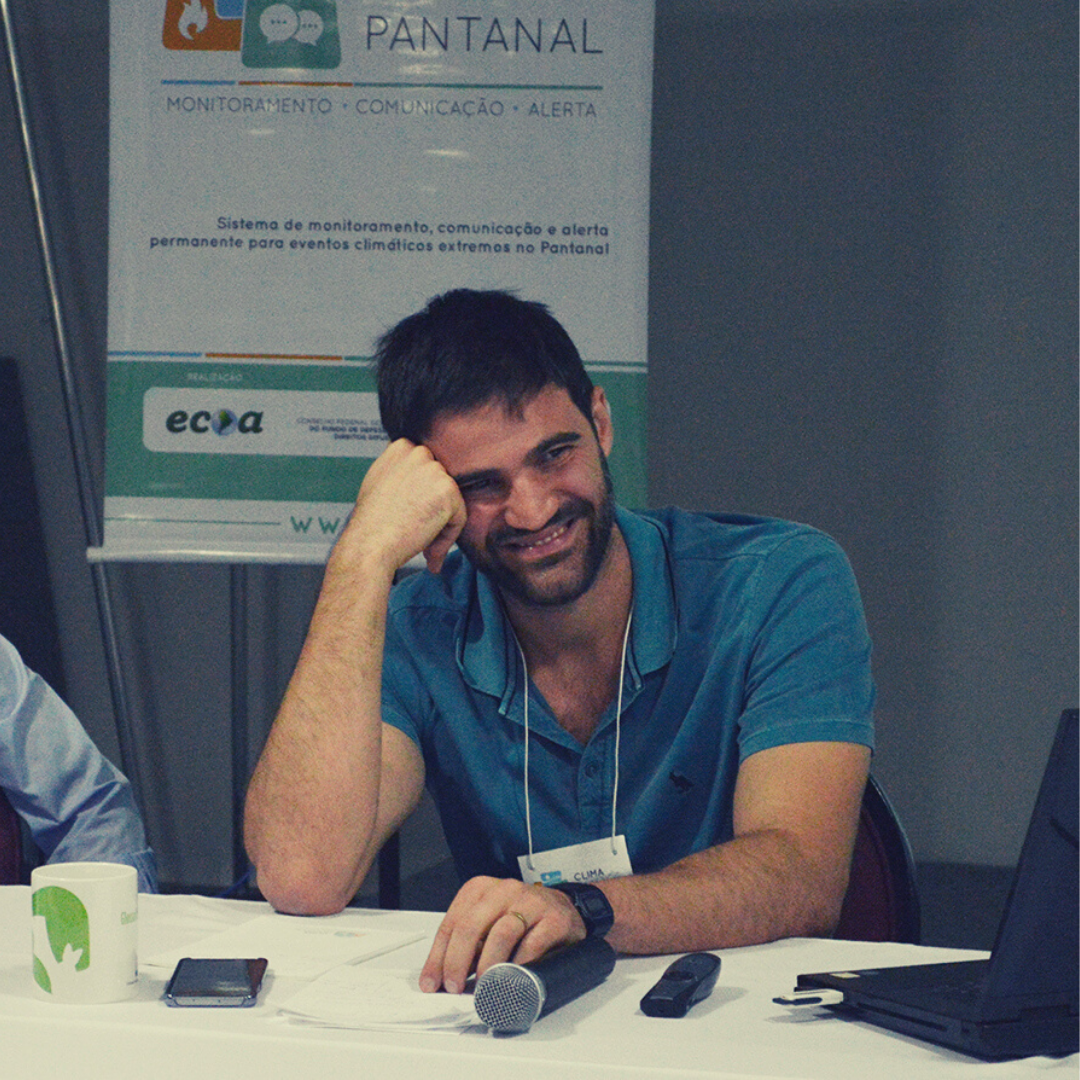A Rede Internacional de Florestas Modelo (também chamadas de Bosques ou Paisagens Modelo) fez uma publicação intitulada “Equilibrando a Proteção da Natureza e os Meios de Subsistência: A Abordagem da Paisagem Modelo no Pantanal do Brasil” em tradução livre.
Nele, a rede menciona que os conservacionistas no Pantanal estão utilizando a abordagem da Paisagem Modelo para construir um marco holístico de conservação sustentável na região.
Confira abaixo o texto na íntegra.
Conservationists in Brazil’s biodiversity-rich Pantanal wetland are using the Model Forest approach to build a holistic framework for sustainable conservation in the region.
Sprawling across Brazil’s border with Bolivia and Paraguay is one of the world’s most biodiverse ecosystems – the Pantanal. This vast tropical wetland is the largest in the world, stretching over more than 42 million acres that are home to thriving populations of endangered species including the jaguar, giant otter, marsh and pampas deer, and the hyacinth macaw.
Over the past 200 years, the Pantanal has provided to the world a strong example of sustainability in action. About 95% of the region is under private ownership, yet over 80% of its native vegetation is still intact.
Recently, however, land-use practices in the Pantanal such as intensive cattle ranching, mining, and infrastructure projects have started to threaten sustainability in the region.
Given these land-use dynamics, Pantanal conservationists have grappled with the challenge of preserving the region’s ecological integrity while accommodating the needs of local communities and their livelihood activities.
“As we looked for the right conservation approach for the Pantanal, it became clear we needed a strategy that could adapt to the diverse needs of our landscape,” says Dr. Rafael Morais Chiaravalloti, a conservationist working in the Pantanal for over 15 years, and Lecturer in Environmental Anthropology at University College London in the UK.
The Pantanal’s first Model Forest
The journey to find the right conservation approach for the Pantanal began with a thorough assessment of existing conservation models. Protected Areas, with their roots tracing back to ancient Greece, have been a cornerstone of traditional conservation efforts for more than 2,000 years.
“Throughout the 20th Century and up until the 1980s, Protected Areas and people were seen as separate; their focus was on protecting nature from people. And this was the way they were set up for many years by leading conservation organizations,” says Dr. Chiaravalloti.
The emergence of Sustainable Use Protected Areas in the 1980s marked an important evolution in conservation efforts, as “the focus moved to protecting nature for people,” explains Dr. Chiaravalloti, adding “But even this new approach had its limitations, as it catered to Indigenous populations and their smaller-scale economic activities”. The Pantanal is a complex and dynamic landscape. It presents different layers of property regimes, and the distribution and availability of natural resources vary with the seasons. They needed a flexibility to protect their landscape that neither Protected Areas nor Sustainable Use Protected Areas could offer.
With global targets such as the UN’s ’30×30′ agreement, which aims to protect 30% of the planet’s surface by 2030, Dr. Chiaravalloti and his team looked for a conservation approach that could address the complexities in the Pantanal region, at scale. After assessing more than 80 conservation models, they came to the conclusion that Model Forests were the best approach, offering a holistic framework for sustainable conservation.
With support from the International Model Forest Network (IMFN) RESTAURacción initiative, the Pantanal Model Forest was established in 2022 on the western edge of Brazil’s Pantanal region. The area was chosen for its rich biodiversity, with some species of fauna and flora facing extinction. The area was also chosen for its diversity of stakeholders and economic activities, where traditional and mining communities often live side by side.
Through collaborative efforts with the Brazilian government and local stakeholders, the region is setting a new standard for sustainable landscape management, and working to get the initiative recognized nationally and international as one of Brazil’s Other Effective Area-Based Conservation Measures (OECMs). An OECM often has similar conservation of biodiversity results as Protected Areas would do, while meeting other primary objectives as well. The recognition of an area as an OECM is voluntary, and confirms that its existing land use, governance and management contribute to the conservation of biological diversity.
“The Model Forest approach empowers local communities to become stewards of their own land,” says André Nunes, a local Model Forest Leader and Associate Researcher at Brazil’s Institute for Ecological Research. “It’s not about restricting access but about finding innovative ways to coexist with nature while ensuring the well-being of present and future generations.”
“We don’t want to tell local communities what they should do,” adds Dr. Chiaravalloti. “Our goal is to celebrate and protect the Pantanal’s historical balance between nature and people, and the Model Forest approach is the best tool to do it.”
“After more than 30 years, it’s so encouraging to see how the Model Forest concept continues to respond to the needs of dynamic landscapes such as the Pantanal,” says Richard Verbisky, Head of the IMFN Secretariat. “It’s a concept that’s more relevant than ever, giving stakeholders a blueprint on how sustainable land use, governance and management can contribute to the conservation of biological diversity while improving local livelihoods.”
